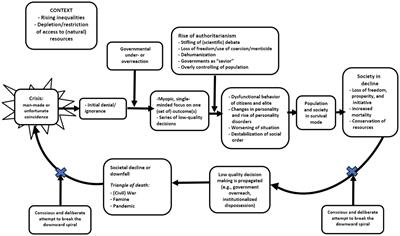
Buffalo buffalo Buffalo buffalo buffalo buffalo Buffalo buffalo
"Buffalo buffalo Buffalo buffalo buffalo buffalo Buffalo buffalo" is a grammatically correct sentence in English, often presented as an example of how homonyms and homophones can be used to create complicated linguistic constructs through lexical ambiguity. It has been discussed in literature in various forms since 1967, when it appeared in Dmitri Borgmann's Beyond Language: Adventures in Word and Thought.
An expanded form of the sentence which preserves the original word order is: "Buffalo bison that other Buffalo bison bully also bully Buffalo bison."
The sentence is unpunctuated and uses three different readings of the word "buffalo". In order of their first use, these are:
The sentence is syntactically ambiguous; however, one possible parse (marking each "buffalo" with its part of speech as shown above) would be as follows:
When grouped syntactically, this is equivalent to: [(Buffalonian bison) (Buffalonian bison intimidate)] intimidate (Buffalonian bison).














